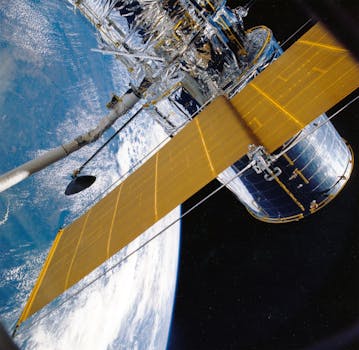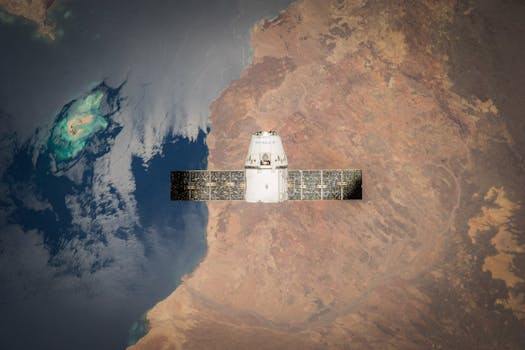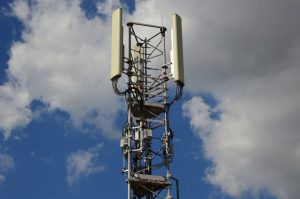
From Ground to Sky: The Evolution of Satellite Telecommunications Technology
Satellite Telecommunications has come a long way since the launch of the first artificial satellite, Sputnik, in 1957. The evolution of satellite telecommunications technology has revolutionized the way we communicate, from the first satellite launches to modern-day satellite constellations. In this article, we will delve into the history of satellite telecommunications, its evolution, and the current state of the technology.
The first commercial satellite, Intelsat 1, was launched in 1965, marking the beginning of the satellite telecommunications era. This was followed by the launch of the first geostationary satellite, Syncom 2, in 1963. Geostationary satellites orbit the Earth at an altitude of approximately 36,000 kilometers, allowing them to remain stationary relative to a fixed point on the Earth’s surface. This enabled the transmission of signals across the globe, revolutionizing international communication.
The Evolution of Satellite Technology

Over the years, satellite technology has undergone significant advancements. The development of new materials and technologies has enabled the creation of smaller, more efficient, and more powerful satellites. The introduction of digital signal processing and compression techniques has improved the quality and capacity of satellite communications. The use of spot beams and frequency reuse has also increased the efficiency of satellite communications, allowing for more simultaneous connections.
The launch of the first satellite constellation, Iridium, in 1998 marked a significant milestone in the evolution of satellite telecommunications. Satellite constellations consist of multiple satellites working together to provide global coverage and continuous communication services. This has enabled the provision of mobile satellite services, including voice, data, and internet connectivity, to remote and underserved areas.
Modern-Day Satellite Telecommunications

Today, satellite telecommunications play a vital role in modern communication systems. Satellite constellations, such as OneWeb and Starlink, are being developed to provide global internet connectivity and bridge the digital divide. These constellations consist of hundreds of small satellites in low Earth orbit, providing high-speed, low-latency internet connectivity to underserved areas.
Satellite telecommunications also play a critical role in emergency response and disaster recovery. Satellite communications can provide connectivity in areas where traditional communication infrastructure has been damaged or destroyed. This enables emergency responders to communicate and coordinate their efforts, providing critical services to affected communities.
Conclusion

In conclusion, the evolution of satellite telecommunications technology has revolutionized the way we communicate. From the first satellite launches to modern-day satellite constellations, satellite technology has come a long way. As the demand for global connectivity and communication services continues to grow, satellite telecommunications will play an increasingly important role in meeting this demand. With ongoing advancements in technology and the development of new satellite constellations, the future of satellite telecommunications looks bright.
See more:


